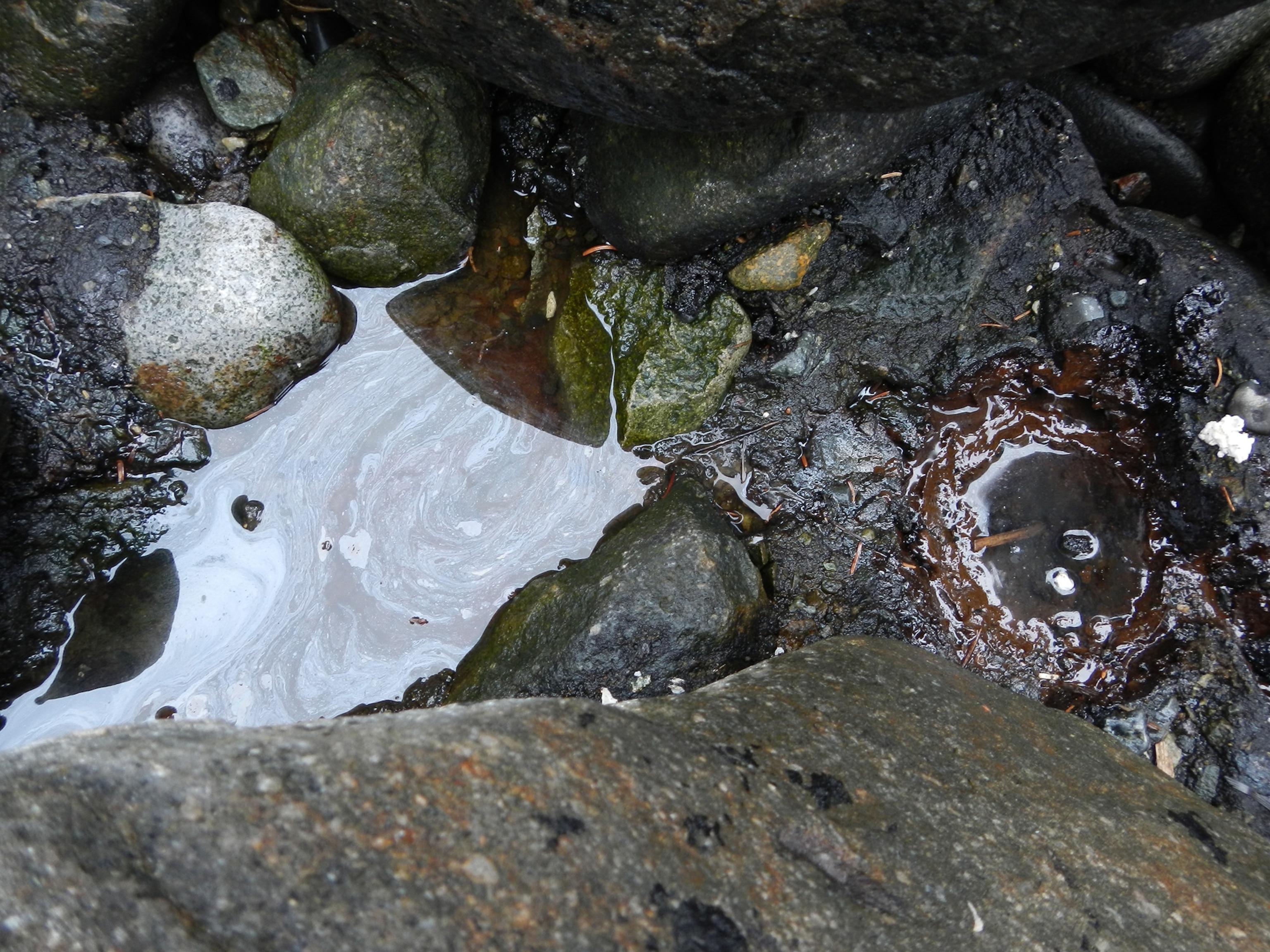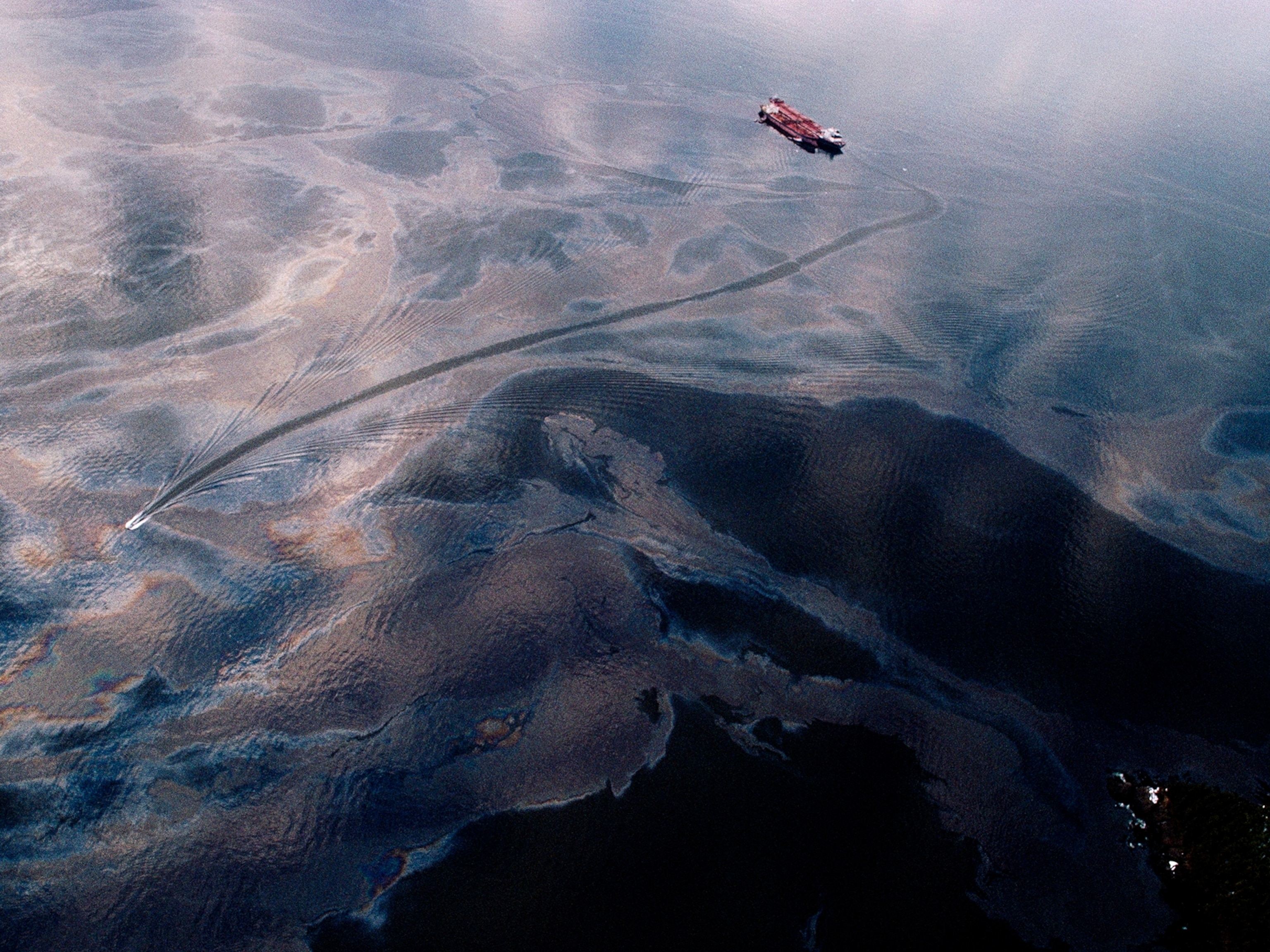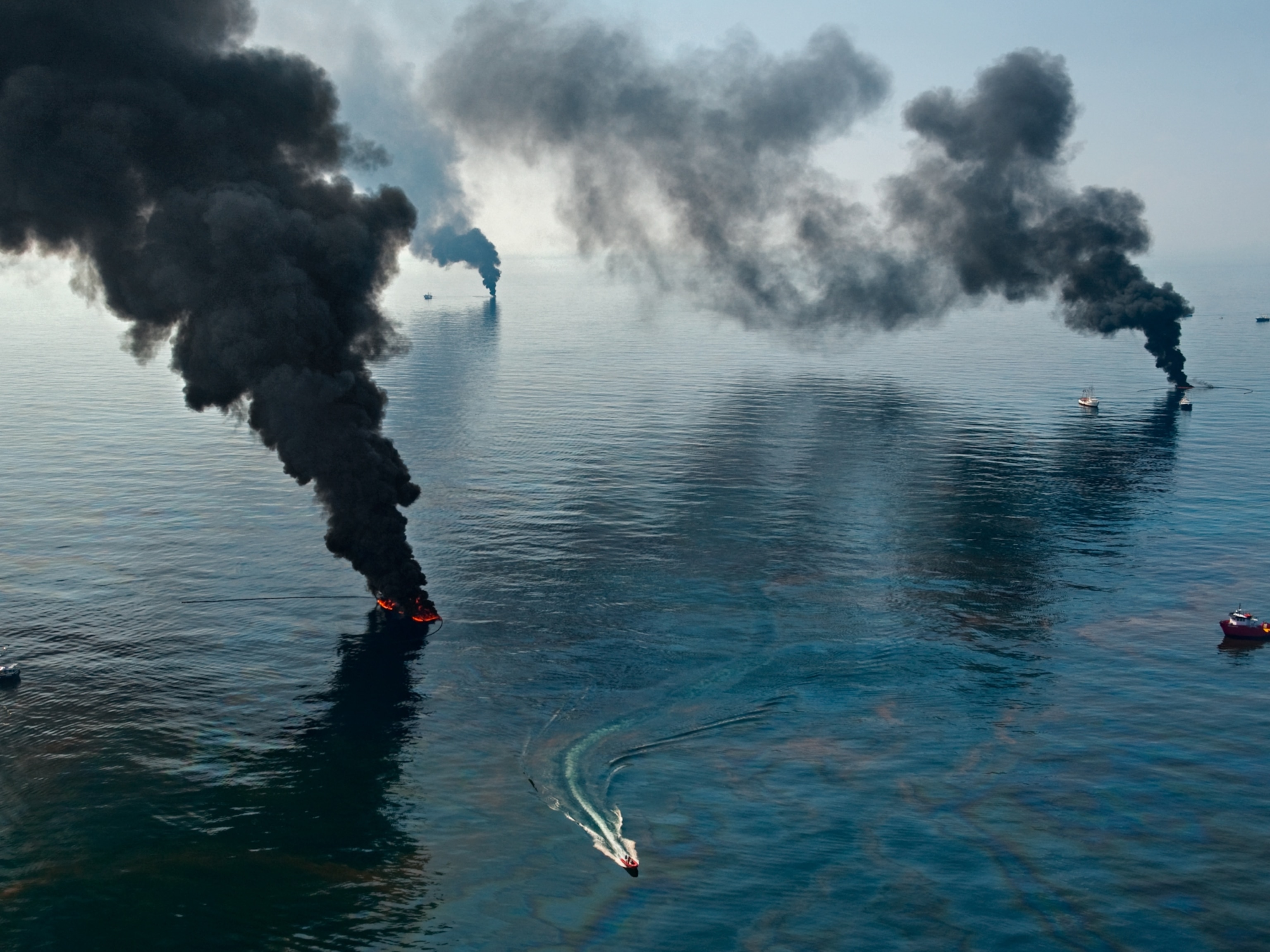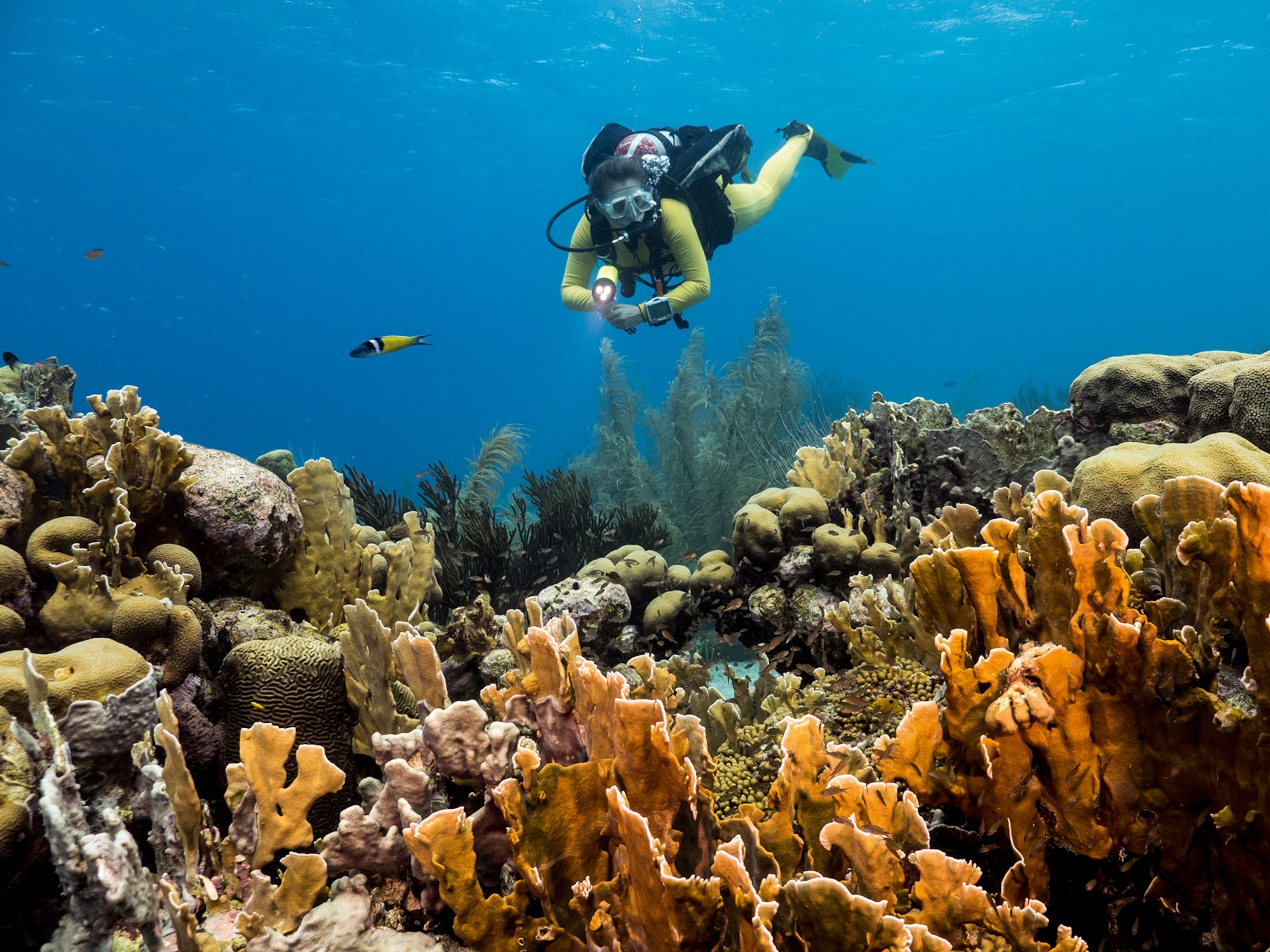
Oil From the Exxon Valdez Spill Lingers on Alaska Beaches
Boulder-strewn beaches in the Gulf of Alaska still harbor oil from the Exxon Valdez spill.
The Exxon Valdez oil spill is not just an awful memory. Oil from one of the most devastating environmental disasters in U.S. history still clings to boulder-strewn beaches in the Gulf of Alaska—and could stick around for decades. Researchers presented evidence of a lingering, foamy, mousse-like emulsion this week at the Ocean Sciences meeting in Honolulu, Hawaii.
Chemical analyses find that this 25-year-old oil is from the Exxon Valdez spill, when the tanker ran aground on Bligh Reef in Prince William Sound (map) in 1989. And to the surprise of the scientists, the oil still has most of the same chemical compounds as oil sampled 11 days after the initial spill. (See "Exxon Valdez Anniversary: 20 Years Later, Oil Remains.")
The oil's presence in areas that were cleaned right after the spill 25 years ago points to the need to monitor certain environments long after the visible effects disappear, the researchers say.
It's Like Mayonnaise
There are two main reasons why there's still oil on some of the beaches of the Kenai Fjords and Katmai National Parks and Preserves in the Gulf of Alaska, explains Gail Irvine, a marine ecologist with the U.S. Geological Survey and lead researcher on the study.
When the oil first spilled from the tanker, it mixed with the seawater and formed an emulsion that turned it into a goopy compound, she says.
"When oil forms into the foam, the outside is weathering, but the inside isn't," Irvine explains. It's like mayonnaise left out on the counter. The surface will crust over, but the inside of the clump still looks like mayonnaise, she explains.
When that foamy oil met the boulders and cobbles of beaches in the Gulf of Alaska, it plopped down between and under the rocks, and it's still there.

Protected by Boulders
The boulders on these beaches don't move very much, says Christoph Aeppli, a marine environmental chemist at the Bigelow Laboratory for Ocean Sciences in East Boothbay, Maine. On their most exposed site, the boulders moved less than 3.3 feet (a meter) from 1994 to 2012.
"That stability is what has allowed the oil to persist," Irvine says, even after the beaches were steam-cleaned.
Researchers aren't sure how much oil remains ensconced under these boulders—that would require a different kind of study. "We think it's low levels," says Irvine. "Quite frankly, I didn't think [oil] would be there because it's been so long."
Nonetheless, the oil is there—and is leaking out. Irvine and colleagues collected and tested mussels near these boulder fields and found low levels of Exxon Valdez oil in their tissues.
Irvine says the levels are so low that it probably isn't a cause for concern for the animals. She says the main takeaway from the study is the fact that surprisingly fresh oil can linger in certain environments long after a spill has been cleaned up.
And that means that monitoring an environment after an oil spill isn't a matter of weeks or months but of years and even decades.
Follow Jane J. Lee on Twitter.





